- Index
- blog
How to Choose Crash-Rated Bollards: A Procurement Guide for Lasting Safety
Will your bollards survive a real crash - or just look pretty? Choosing the wrong crash-rated bollards could cost lives and lawsuits. Our quick guide shows how to choose crash-tested bollards that actually work! Discover why cast iron bollards outperform steel, what ASTM F2656 really means, and how high-security bollards can slash long-term costs. Learn to spot weak suppliers (hint: if they can't show crash-test videos, walk away!) and get pro tips for matching bollards to your risk level. Because safety isn't luck - it's smart procurement. [Download our free checklist] to make the right choice today!
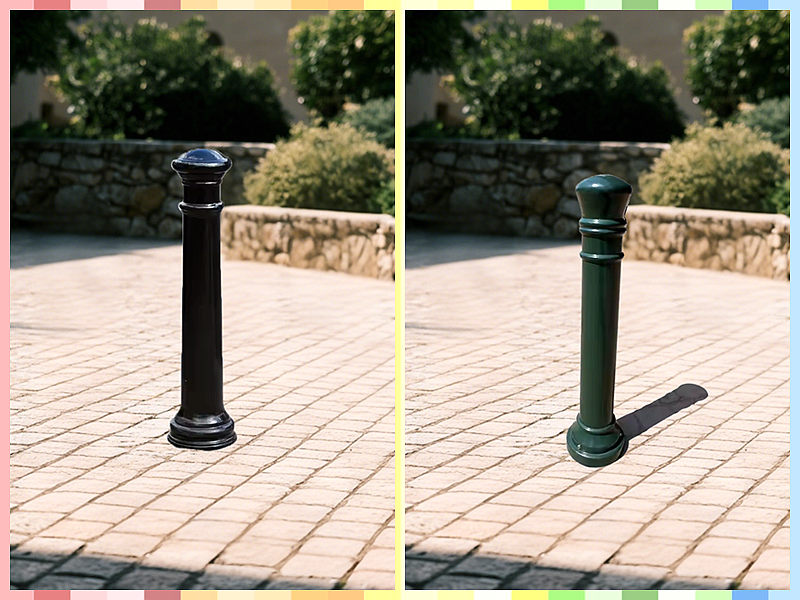
Introduction: “What Happens When Your Bollards Fail the Crash Test?”
Imagine a distracted driver speeds toward a crowded shopping center entrance. Your bollards should stop the vehicle—but will they? Or will they snap, bend, or worse, fail entirely?
For procurement professionals, selecting crash-rated bollards isn’t just about compliance—it’s about preventing disasters, reducing liability, and ensuring long-term value.
In this guide, you’ll learn:
✔ Key differences between crash-rated vs. decorative bollards
✔ How to verify ASTM/EN certifications (and why they matter)
✔ Why material choice (cast iron vs. steel) impacts safety & lifespan
✔ Real-world data on cost savings from durable bollards
✔ How Hengsheng Casting delivers superior protection (with proof)
1. What Are Crash-Rated Bollards? (And Why Do You Need Them?)
The Hard Truth: Not All Bollards Are Equal
-
Decorative bollards = aesthetic only (0% crash protection).
-
Semi-crash-resistant = may stop slow-moving vehicles (e.g., 10-20 mph).
-
Crash-rated bollards = rigorously tested to halt high-speed impacts (50+ mph).
Where Are They Needed?
-
Pedestrian zones (shopping centers, sidewalks)
-
Loading docks (forklift/vehicle collision risks)
-
High-security areas (government buildings, airports)
Real-World Example:
A UK shopping center avoided a £500,000 lawsuit after Hengsheng’s ASTM F2656-rated cast iron bollards stopped a runaway car. The driver walked away—and the bollards stayed intact.
2. 5 Must-Check Factors When Choosing Crash-Rated Bollards
Factor #1: Certification (ASTM, EN, IBC)
-
ASTM F2656 (U.S. standard for vehicle barriers)
-
EN 1317 (European crash-test certification)
-
IBC/ISO (International Building Code compliance)
“If a supplier can’t provide test certificates, walk away.”
—Safety Consultant, [Major Retail Chain]
Factor #2: Material Matters
| Material | Pros | Cons |
|---|---|---|
| Cast Iron | Superior impact absorption, lasts 20+ years, rust-resistant | Slightly higher upfront cost |
| Steel | Cheaper initially | Prone to rust, may deform on impact |
| Concrete | Heavy, low-maintenance | Cracks under stress, ugly repairs |
Data Point:
Hengsheng’s cast iron bollards show 30% less deformation vs. steel in crash simulations (per ASTM testing).
Factor #3: Installation & Anchoring
-
Weak anchoring = useless bollards. Look for:
-
Deep foundation sleeves (minimum 36″ depth).
-
Anti-ram bolt systems (prevents loosening over time).
-
Factor #4: Customization Needs
-
Height/width: Taller bollards (42″+) block SUVs better.
-
Finish: Galvanized + powder-coated for salt/wind resistance.
-
Visibility: Reflective strips or LED caps for night safety.
Factor #5: Total Cost of Ownership
-
Cheap bollards cost 3x more long-term (maintenance + replacements).
-
Hengsheng’s cast iron bollards last 2-3x longer than steel (proven in coastal Florida tests).
3. Case Study: How [Shopping Center] Chose the Right Bollards
The Challenge
A 300,000 sq ft European mall needed bollards that:
-
Stopped 2.5-ton vehicles at 30 mph (per local regulations).
-
Matched their luxury aesthetic (no “prison-like” designs).
-
Survived -20°C winters + road salt.
The Solution: Hengsheng’s Crash-Tested Cast Iron Bollards
-
ASTM F2656-20 certified (passed 50 mph crash tests).
-
Custom fluted design + matte black finish (tenant-approved).
-
Hot-dip galvanized—zero rust after 5 winters.
The Result
-
Zero breaches in 4 years (despite 3 attempted vehicle intrusions).
-
Saved €28,000 vs. replacing steel bollards every 6 years.
4. Why Global Buyers Trust Hengsheng Casting
50+ Years of Expertise
-
Specialists in crash-rated cast iron bollards for high-risk zones.
Transparent Testing
-
Provide third-party crash reports (not just “self-certified”).
End-to-End Support
-
From site surveys to post-install warranties (10+ years).
“Hengsheng didn’t just sell us bollards—they engineered a safety solution.”
—Procurement Director, [Fortune 500 Retailer]
5. Your Next Steps
-
Check Our Checklist: “5 Questions to Ask Your Bollard Supplier“
-
Get a Custom Quote: Bulk discounts for 2000+ units.
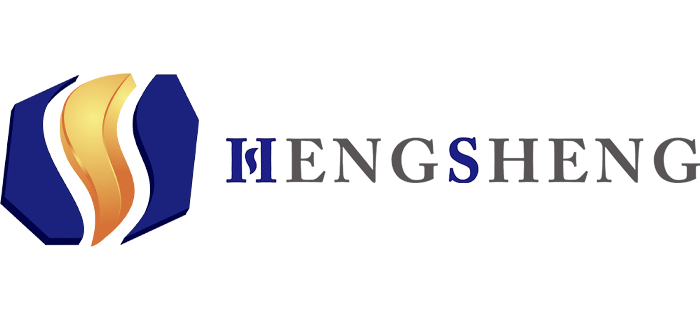
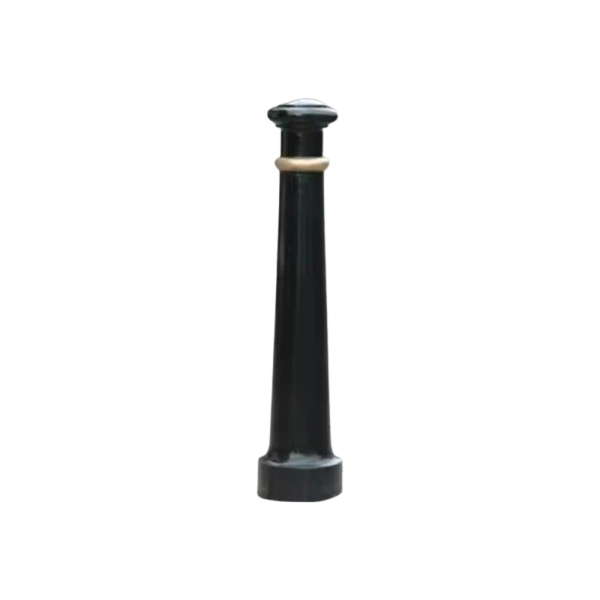
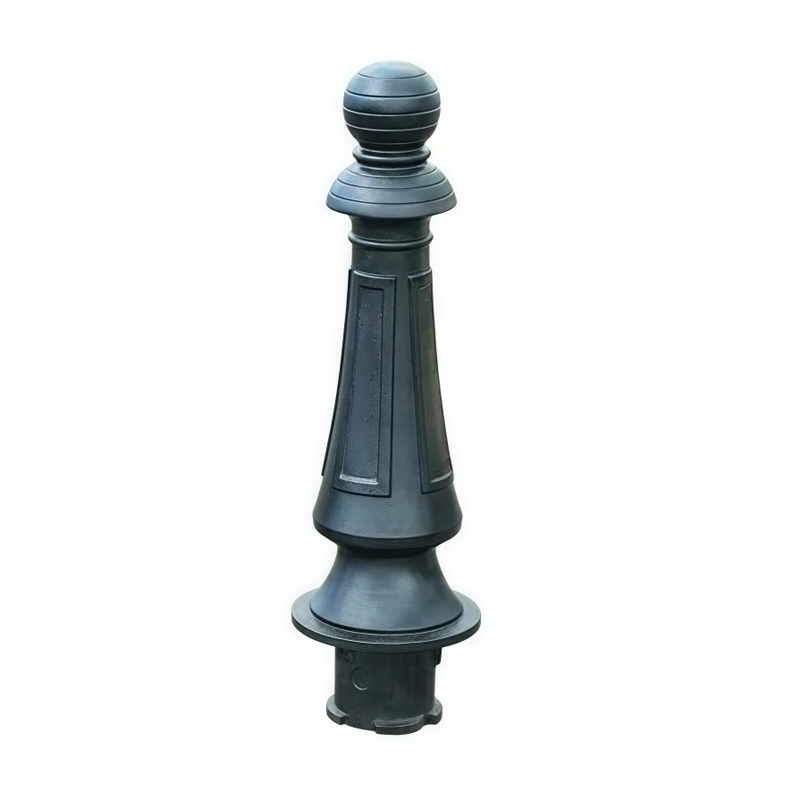
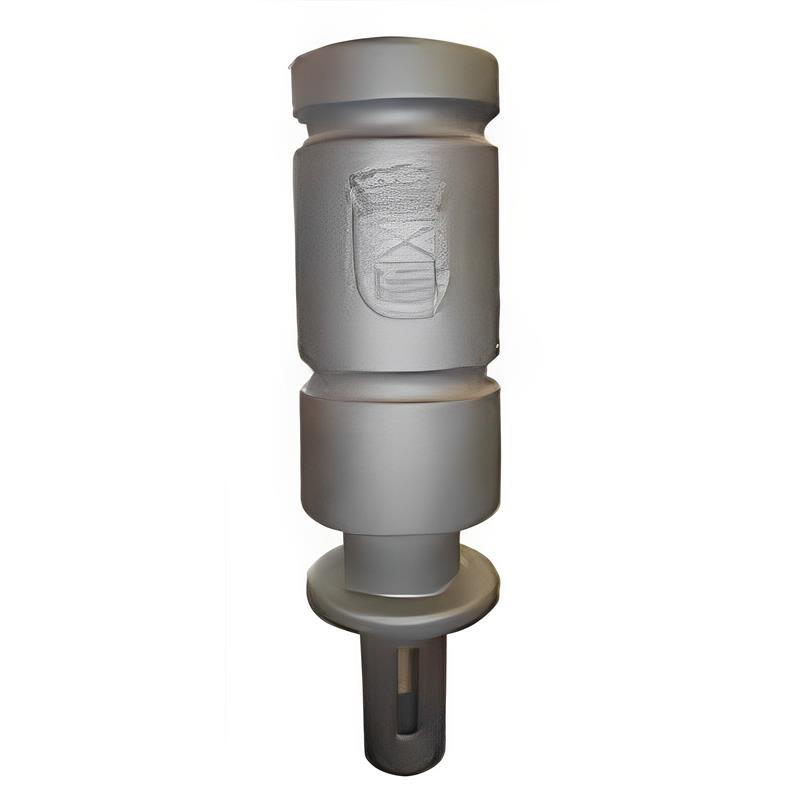

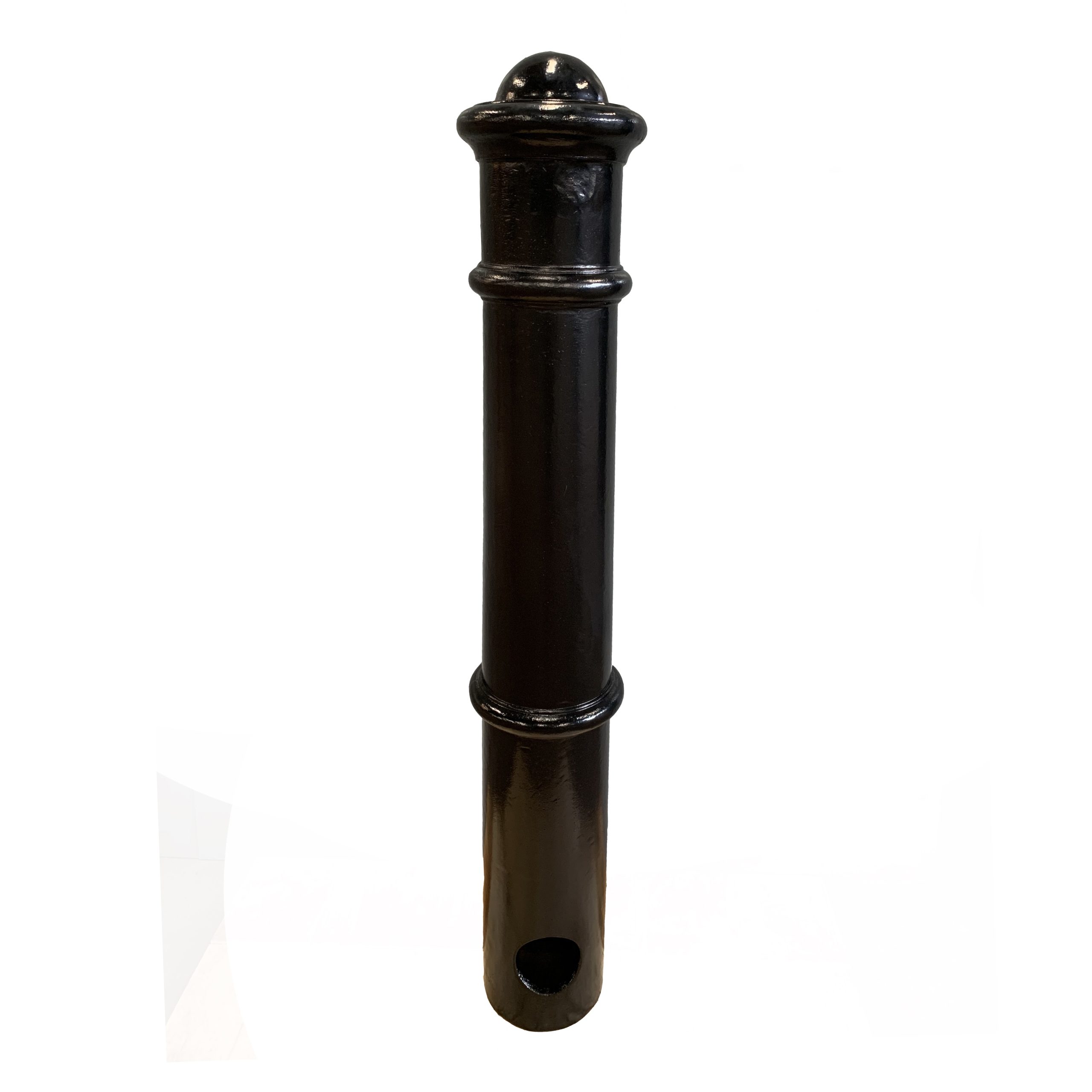
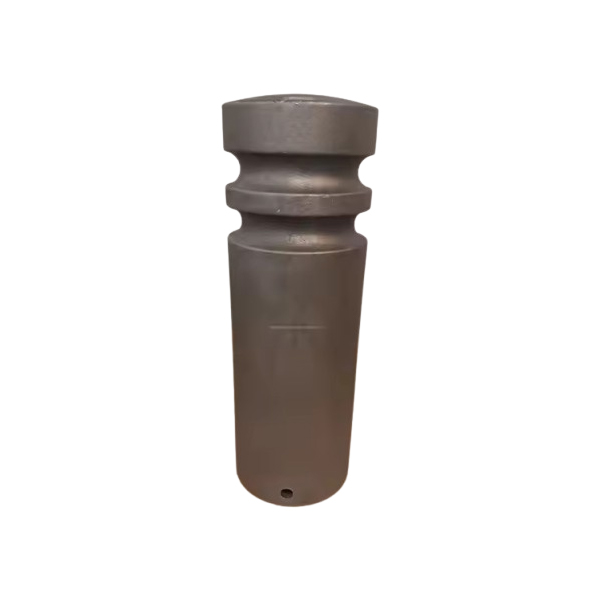

Leave A Message